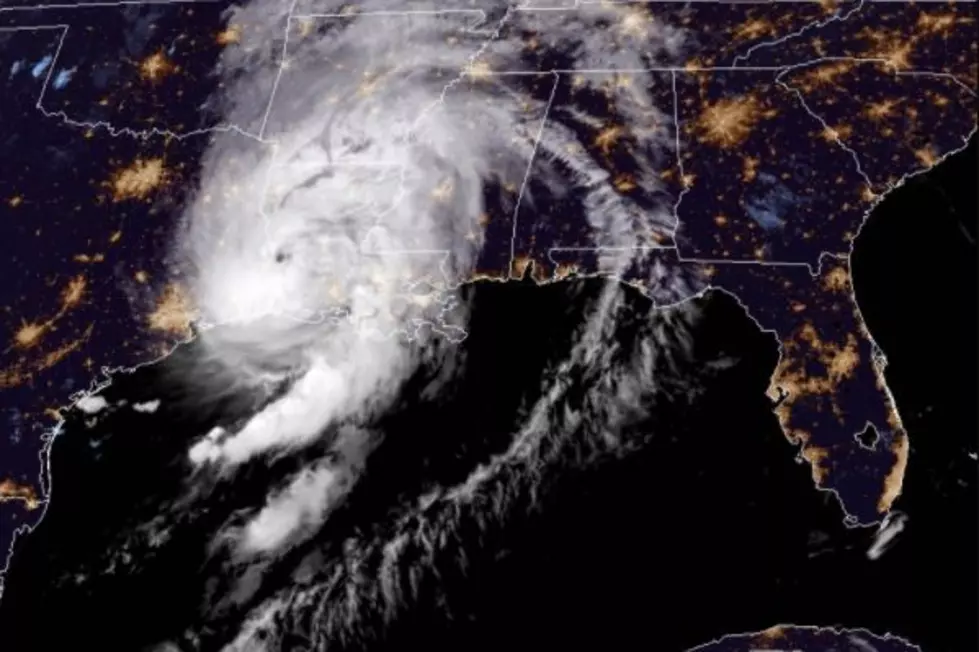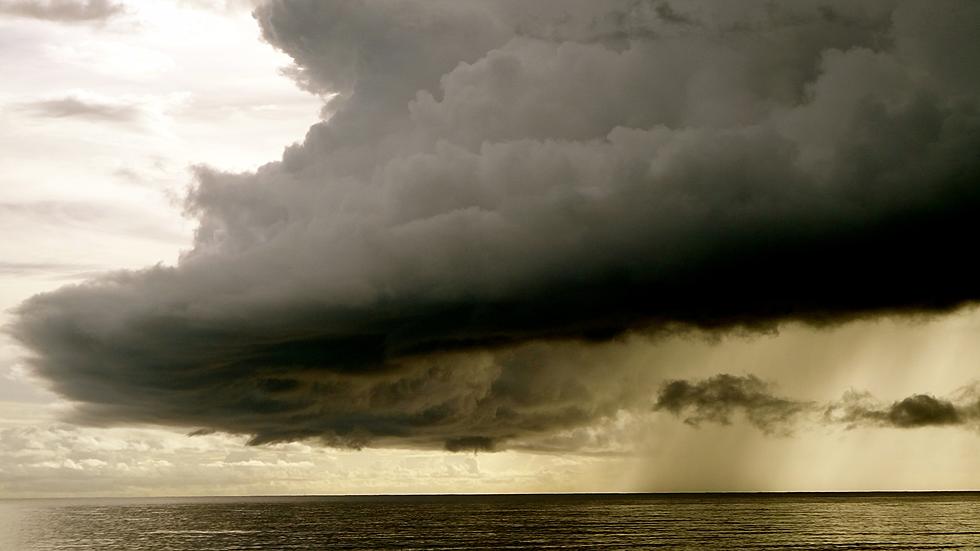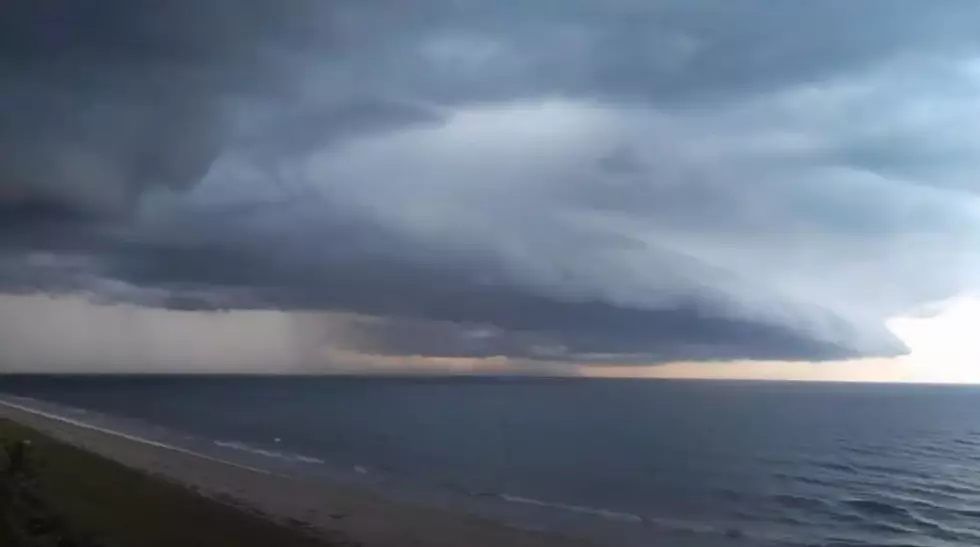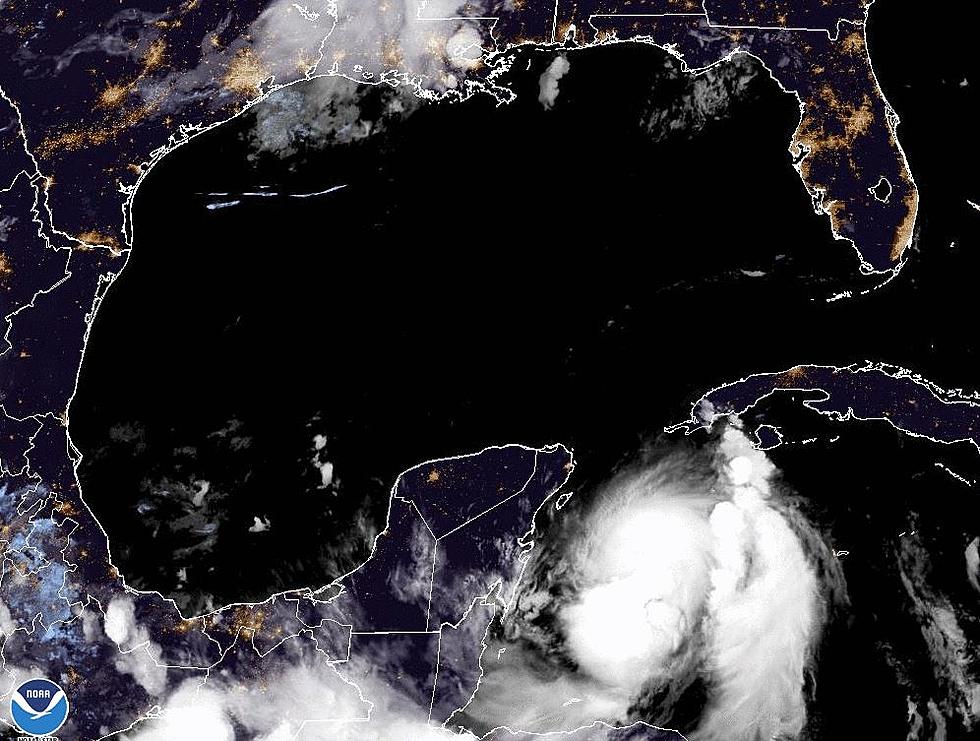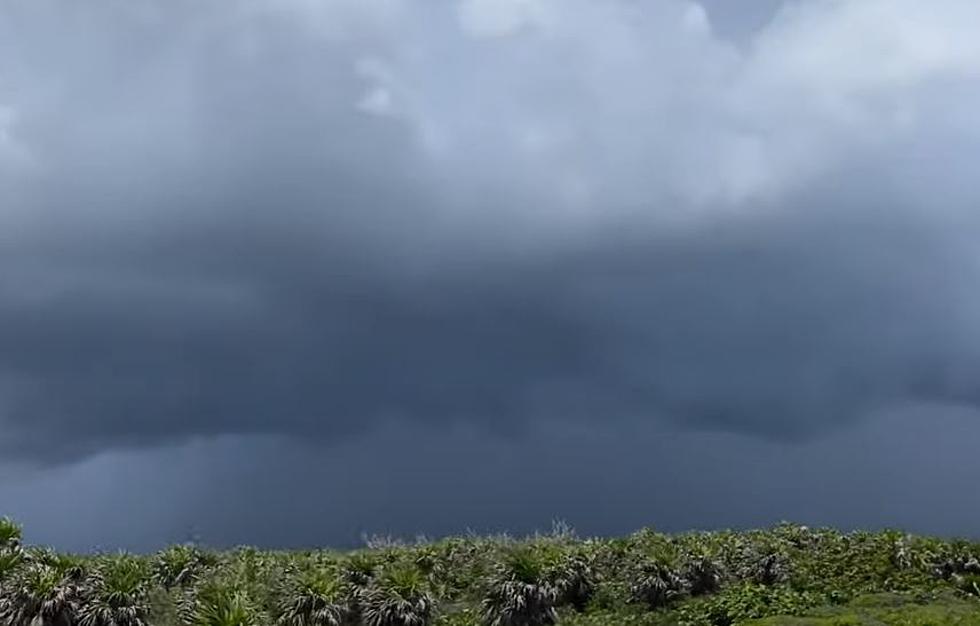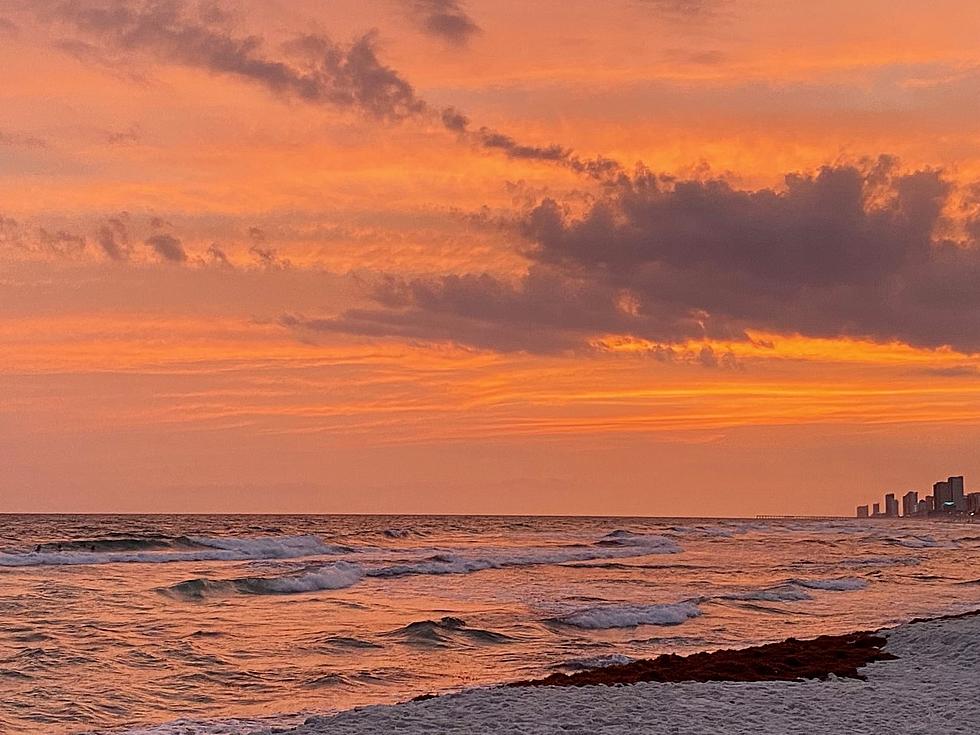
Tropical Storm Nicholas Brings Flood Threat to South Louisiana
Emergency Management administrators are keeping a watchful eye on the south and southwest this morning. The reason for their focus in that direction is Tropical Storm Nicholas. The storm was upgraded to tropical storm status yesterday and given the name Nicholas. That means it is the 14th named tropical system of the 2021 Atlantic Hurricane Season.
As of the 0400 AM CDT Advisory from the National Hurricane Center:
LOCATION...25.5N 96.6W
ABOUT 45 MI...75 KM SE OF MOUTH OF THE RIO GRANDE
ABOUT 200 MI...325 KM S OF PORT OCONNOR TEXAS
MAXIMUM SUSTAINED WINDS...60 MPH...95 KM/H
PRESENT MOVEMENT...NNW OR 345 DEGREES AT 14 MPH...22 KM/H
MINIMUM CENTRAL PRESSURE...1001 MB...29.56 INCHES
Here is the latest track guidance from the Hurricane Center:
Forecasters are calling for the system to strengthen during the day today. However, we shouldn't see a rapid intensification as we saw with Hurricane Ida last month. Tropical Storm Nicholas, although it is centered over some very warm water has a few other environmental issues working against it.
One, there is a significant amount of wind shear in the upper levels of the atmosphere. These strong upper air currents have been blowing a lot of the convection away from the storm's center of circulation. While this shear won't likely tear the system apart, it will inhibit any rapid strengthening before landfall.
The closeness of the system to land is the other inhibiting factor working against its strengthening. In fact, the track forecast from the National Hurrican Center projects the center of Nicholas will be onshore along the lower or middle Texas coast perhaps as early as this afternoon.
That being said, Nicholas is not going to be known as a wind event. It will more likely be remembered as a rain event. Much of the tropical rain associated with the system is well to the north and east of the storm's center. That's why flash flood watches have been posted for a number of parishes in southwestern Louisiana.
Among the parishes included in that Flash Flood Watch are Cameron, Calcasieu, Jefferson Davis, Acadia, and Vermilion. Basically, it's the area along and south of I-10 and the area along and west of U.S. Highway 90.
For areas of the state that are adjacent to the Flash Flood Watch, you can't let your guard down either. Forecasters are suggesting that rainfall amounts in the heart of the watch area could be between six and ten inches over the course of this week. For those adjacent areas, we can't rule out rainfall totals of four to six inches for those areas too.
The problematic issue with Nicholas is that once the storm makes landfall later today. It will be a slow mover through southeastern Texas. The track guidance on the storm system suggests that it will influence the weather in South Louisiana through at least Wednesday and maybe even later in the week.
Many parishes are making sandbags available for residents that want them. Just remember that most of these sandbag operations are self-served. The parish will provide the bags and the sand but you'll have to provide the shovel and the manpower to fill them.
The next advisory on Tropical Storm Nicholas will be issued by the National Hurricane Center at 0700 AM CDT. That will be an intermediate advisory. The next full advisory will come from the Hurricane Center at 1000AM CDT this morning. That advisory will include a new track forecast.
LOOK: The most expensive weather and climate disasters in recent decades
More From 97.3 The Dawg
